100 Years of Mercedes supercharger cars
At the 1921 German Motor Show (Deutsche Automobil-Ausstellung, DAA) in Berlin, Daimler-Motoren-Gesellschaft (DMG) presented two completely new model series. The 6/25 PS and 10/40 PS models were the very first Mercedes vehicles with supercharging. This new technology ensured that it was still more than a year before the market launch. But these vehicles already caused a sensation at the motor show held from September 23 to October 2, 1921, in what were then the exhibition halls on Kaiserdamm. The DAA was a forerunner of the IAA, which is still known today. This name was already used between 1904 and 1911, and in the 1930s the name was changed to IAMA for Internationale Automobil- und Motorrad-Ausstellung (International Car and Motorcycle Exhibition).
Paul Daimler experimented with supercharging
The development of the supercharged engines took place under the leadership of Paul Daimler. As the eldest son of the company’s founder Gottlieb Daimler, Paul took over as head of vehicle development department in 1907 following the retirement of Wilhelm Maybach. For the new engines with 1.6 and 2.6 liters displacement, he relied on Roots-type rotary blowers. The brothers Philander Highley and Francis Marion Roots patented this design in 1860, in which two two- or three-bladed rotors move the incoming air from the intake to the discharge side, compressing it in the process. Paul Daimler conducted initial experiments with the Roots supercharger on aircraft engines during World War 1. In 1919, he used it on a test basis on an example of the then-current Mercedes-Knight 10/40 PS. However, its slide valve engine couldn’t be successfully combined with a supercharger.
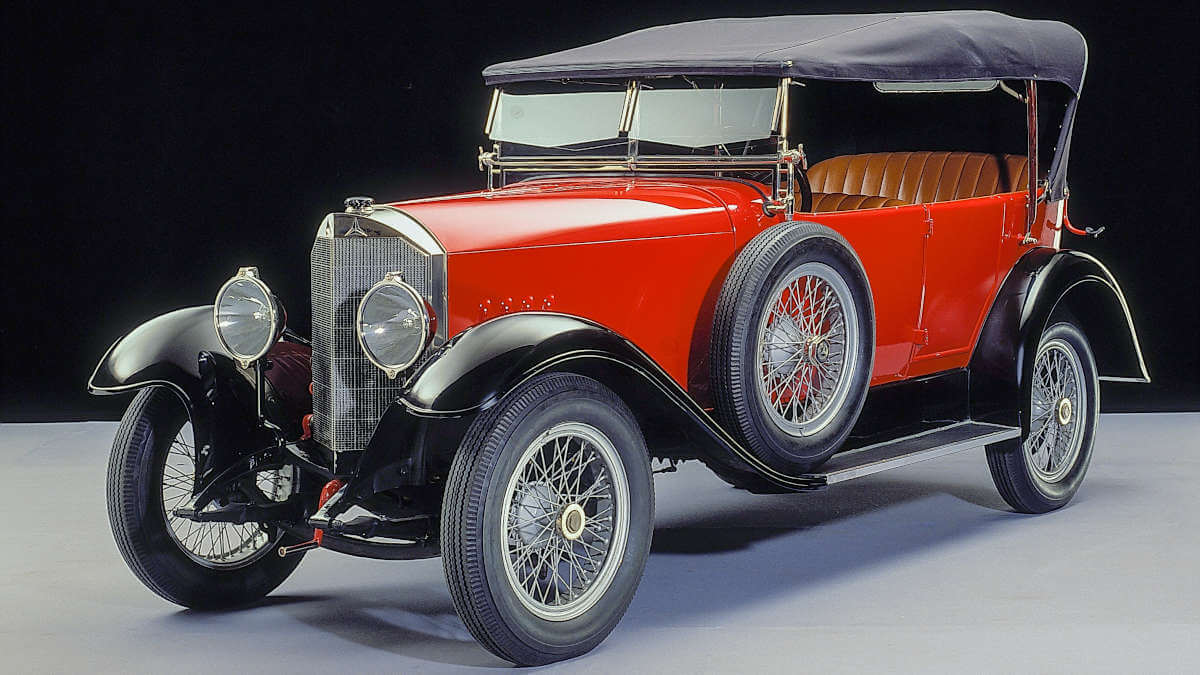



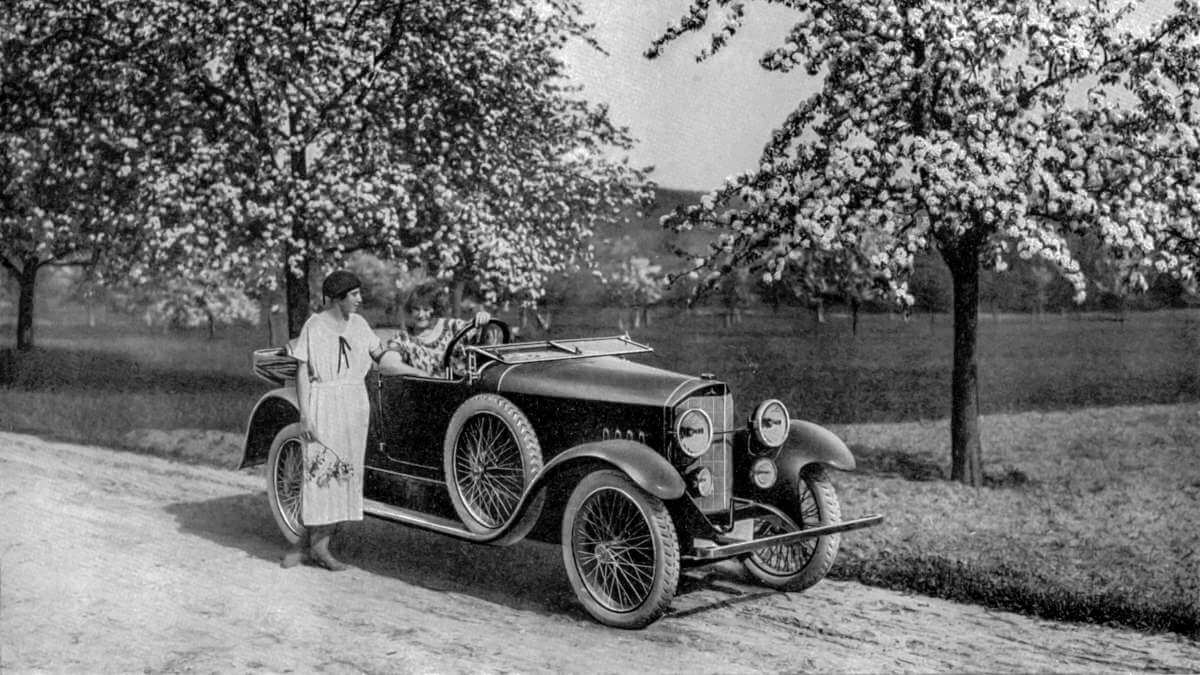



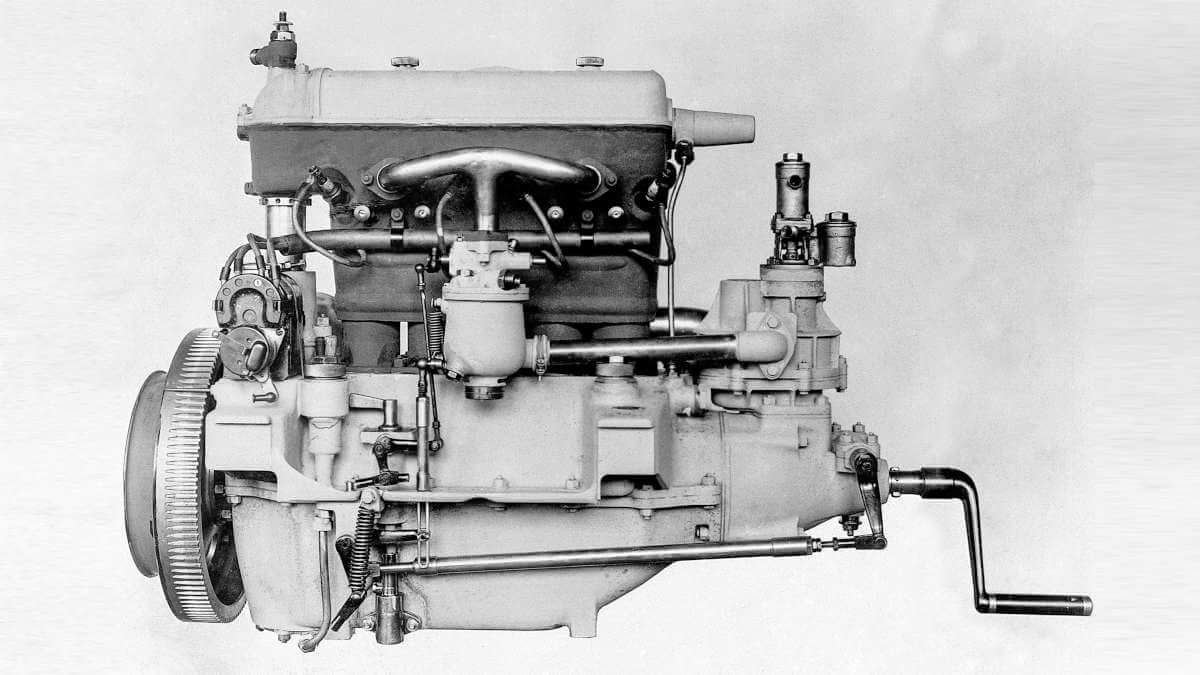



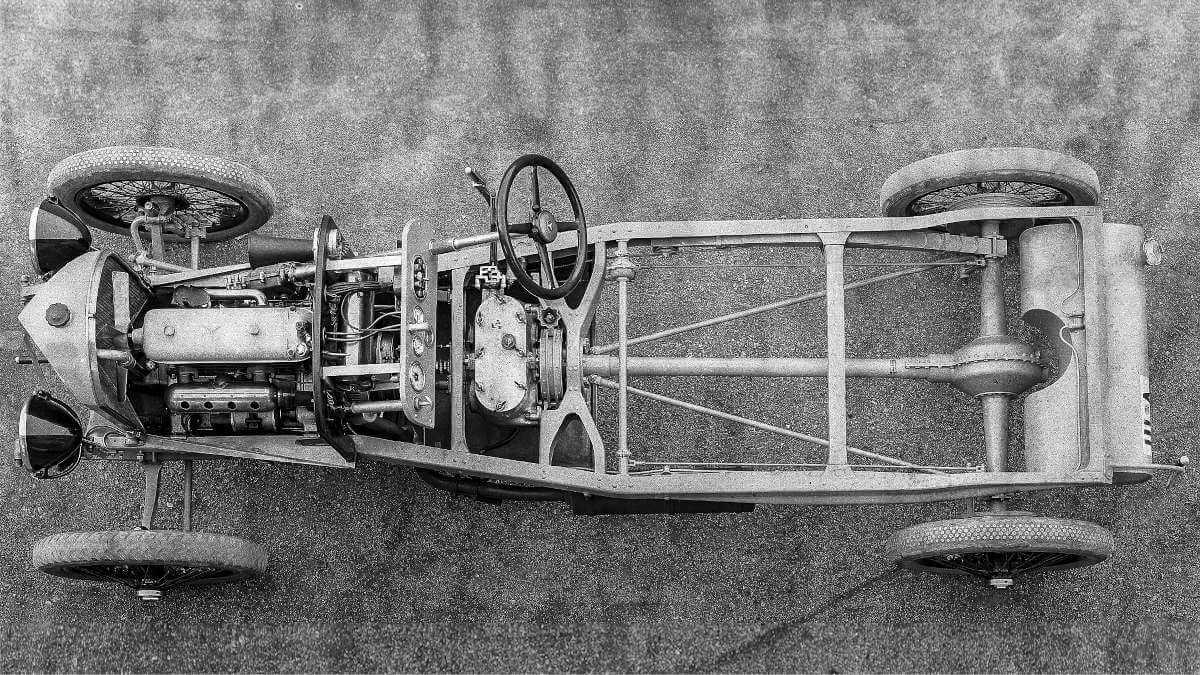



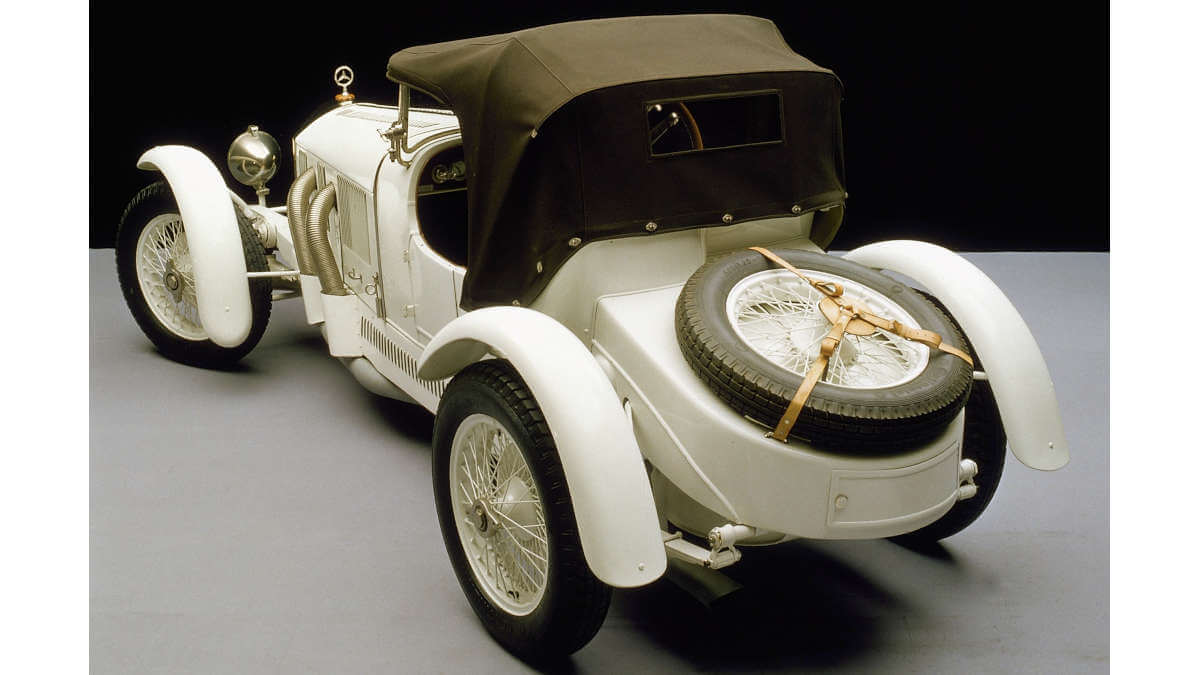



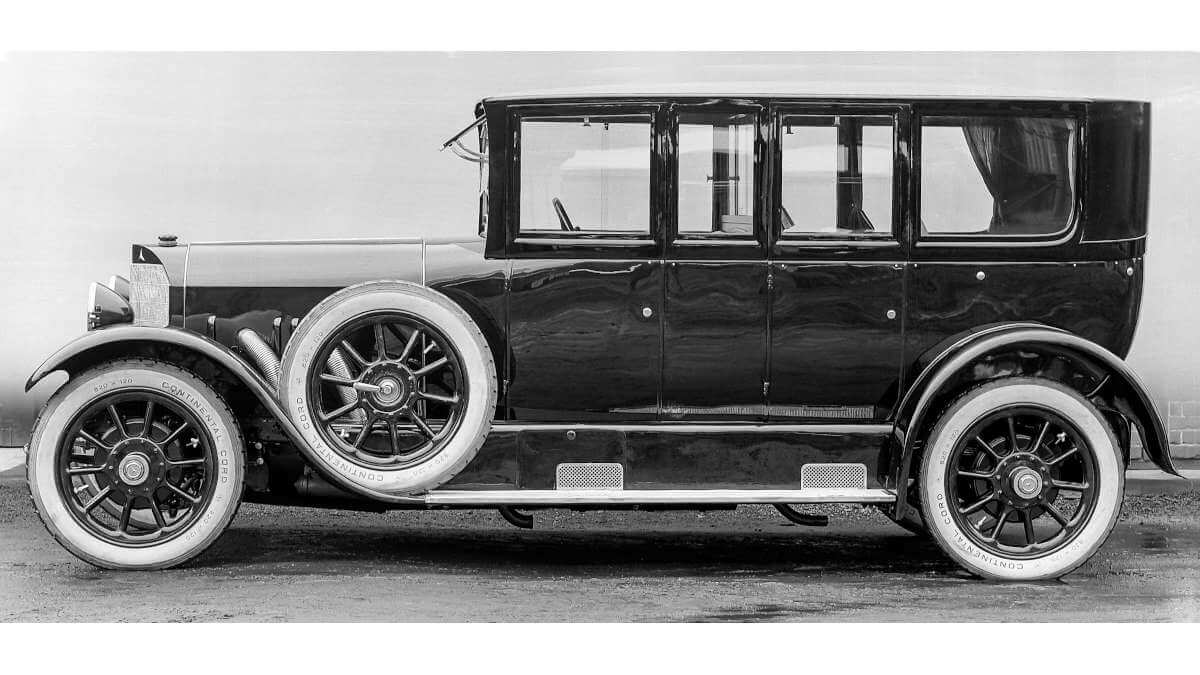



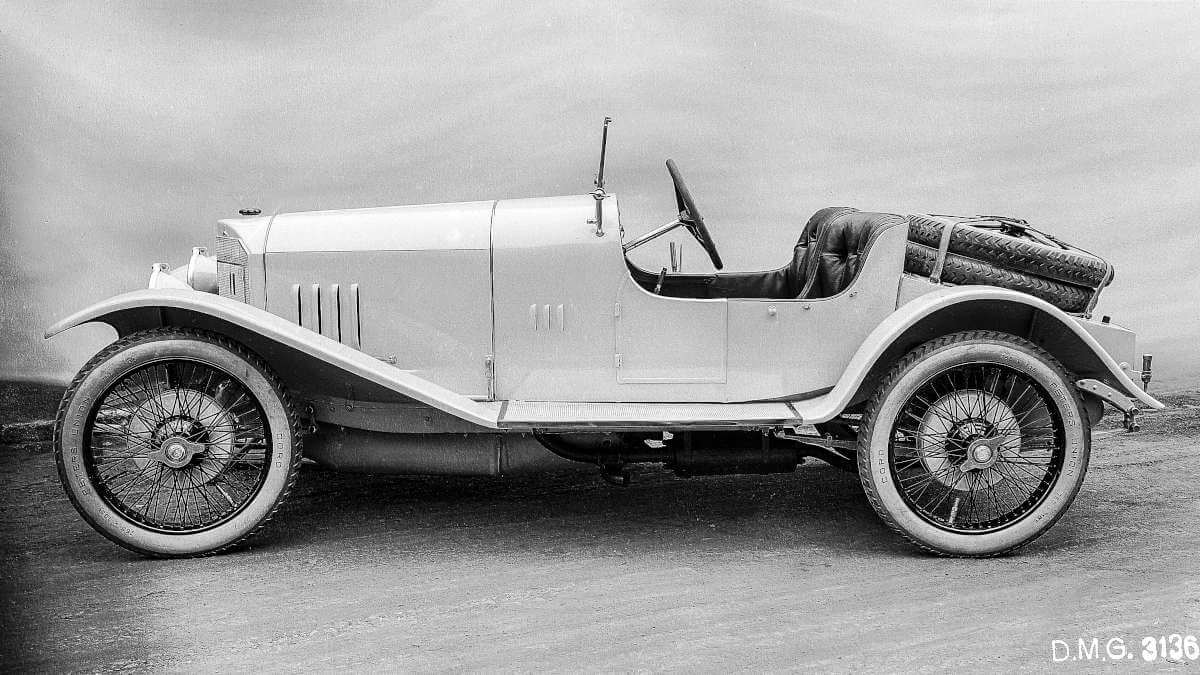



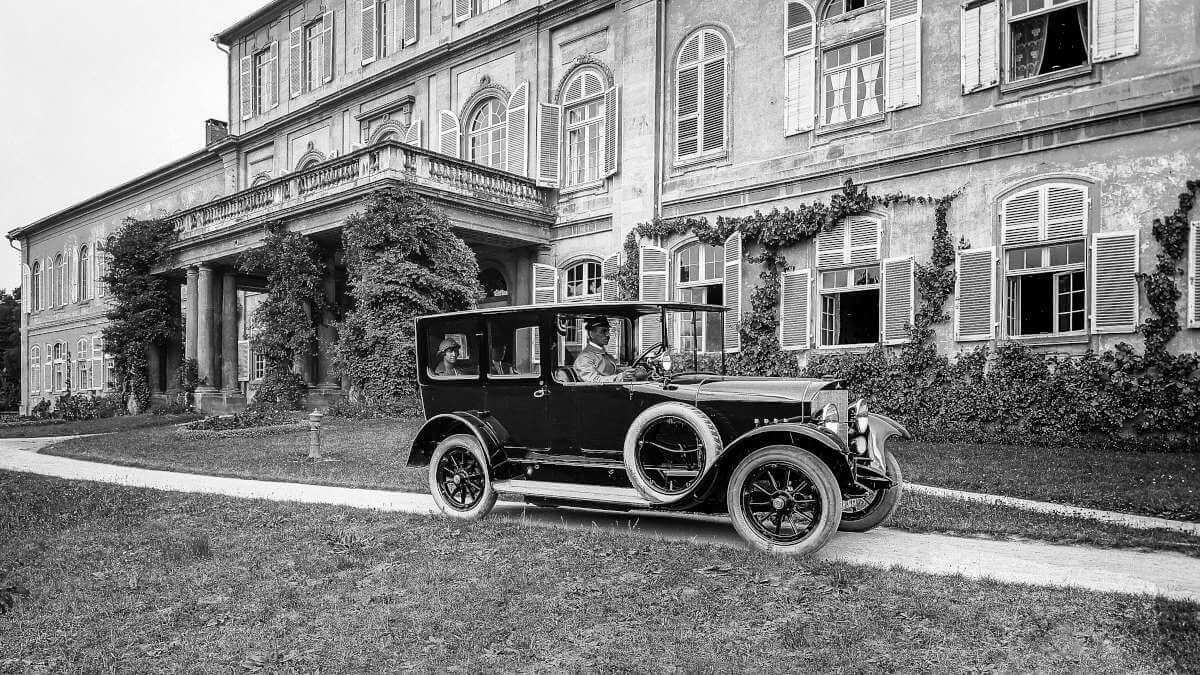



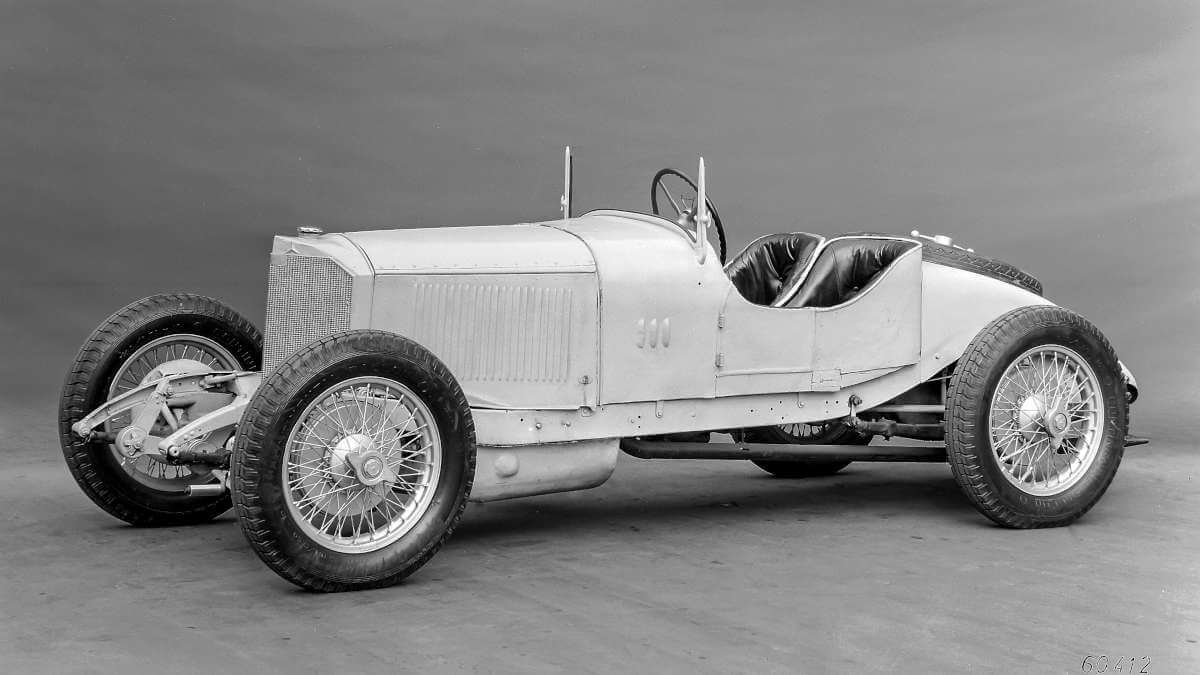



Roots blower for significantly more power
Since the further development of valveless slide engines wasn’t promising, the team around Paul Daimler, Otto Schilling and Albert Heeß set about developing new inline four-cylinder engines with classic valves. These hung in a V-shape in the cylinder head and were controlled by an overhead camshaft. The spark plug was located centrally between the valves in each combustion chamber. From the crankshaft in the engine block, a vertical shaft led upward to the camshaft and the water pump. The front end of the crankshaft drove the selectable Roots supercharger. However, customers were instructed to call up the extra power only briefly at a time so as not to overload the engine. In the case of the type 6/25 PS, the supercharger increased output from 15 kW/20 hp to 29 kW/40 hp, and in the case of the 10/40 PS from 26 kW/35 hp to as much as 48 kW/65 hp. From 1924, the new model designations 6/25/38 PS and 10/40/65 PS indicated this additional power.
Supercharging for racing
After DMG merged with Benz & Cie. to form Daimler-Benz in 1926, Albert Heeß rose to become the new head of engine design for passenger cars. Otto Schilling, meanwhile, was in charge of all new racing engines. The 1.6-liter four-cylinder powerplant from the 6/25 PS had already served as the basis for a 1.5-liter racing engine in the 6/40/65 PS race car of 1922. With two liters of displacement, the Mercedes team used an engine derived from it in race cars in 1923 at the Indianapolis 500 and in 1924 at the Targa Florio. This red-painted Targa Florio race car is exhibited in the Mercedes-Benz Museum in Stuttgart since several years. Later model series such as K, S, SS, SSK and SSKL became legendary from 1924 onwards due to the Roots blower.
Images: Mercedes-Benz




